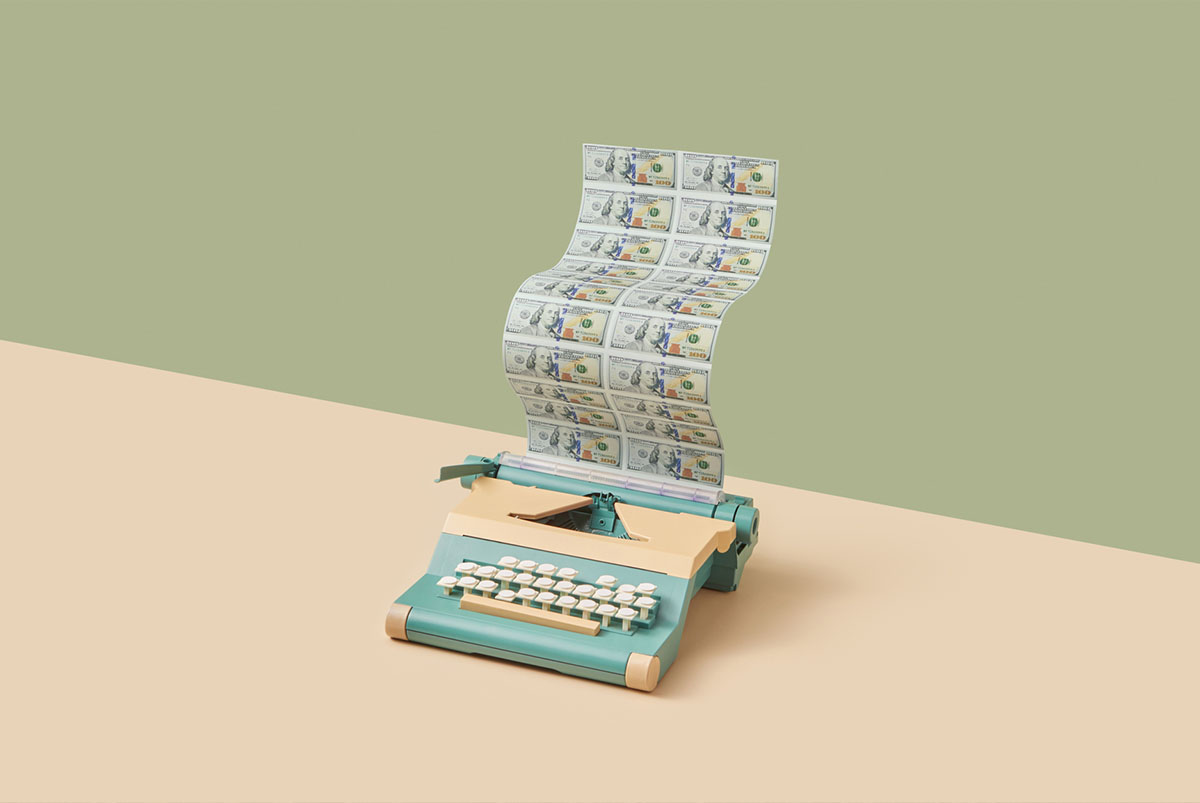Loans originated by the Federal Housing Administration (FHA) are a great option for home buyers, especially first-time home buyers. They offer low-interest rates, relaxed credit requirements, and low down payments.
And there’s another unique benefit. If you refinance your existing FHA loan to another FHA loan, you may qualify for a refund on the upfront mortgage insurance premium (UFMIP) you paid when you took out your original FHA loan.
The MIP refund isn’t a secret. The FHA publishes a chart outlining how much you may be eligible to receive as a refund. But it’s certainly the unsung hero of FHA loan benefits. And if you want to take advantage of it, we’ve put together a comprehensive FHA MIP refund chart guide.
How Does an FHA MIP Refund Work?
When you take out an FHA loan, you pay two types of MIP. You pay an annual MIP that gets added to your monthly mortgage payments. And you also pay an upfront MIP that equals 1.75% of your loan amount.[1] The UFMIP is either paid at closing or folded into your home loan.
Borrowers are charged annual and upfront MIPs to help keep the cost of FHA mortgage loans low. These premiums are the driving force behind the FHA’s ability to offer low-interest rates.
FHA borrowers can get a refund on their upfront MIP if they refinance within three years of loan origination.[2] The sooner you refinance, the more money you’ll get back.
How Is an FHA Mortgage Insurance Refund Calculated?
Your MIP refund is calculated by multiplying your existing loan’s upfront MIP by the refund percentage indicated on the FHA MIP refund chart.
Suppose you took out a $300,000 FHA loan a year ago. Your upfront MIP fee was 1.75% of your loan amount, or $5,250. Because interest rates are lower or you want to change your loan term, you decide to refinance to an FHA Streamline Refinance loan.
Since you meet the criteria – you closed on the loan less than 3 years ago, and you’re refinancing to another FHA loan – you will likely receive a refund. The first step is to consult HUD’s refund chart to learn how much your refund will be. Because you’ve had the loan for 12 months, you qualify for a 58% refund, which is about $3,045.
FHA MIP refund chart 2022[2]
| Month | 1 | 2 | 3 | 4 | 5 | 6 | 7 | 8 | 9 | 10 | 11 | 12 |
| Year 1 | 80% | 78% | 76% | 74% | 72% | 70% | 68% | 66% | 64% | 62% | 60% | 58% |
| Year 2 | 56% | 54% | 52% | 50% | 48% | 46% | 44% | 42% | 40% | 38% | 36% | 34% |
| Year 3 | 32% | 30% | 28% | 26% | 24% | 22% | 20% | 18% | 16% | 14% | 12% | 10% |
Let’s say you’ve paid off $50,000 from your original loan and you’re now borrowing $450,000. The upfront MIP for your new loan will be $7,875. But because you’re eligible for a refund of around $3,045, your new upfront MIP cost will be about $4,830.
How To Request an MIP Refund
Qualifying for an MIP refund is half the battle. The other half is not forgetting to request the refund. Your lender will handle the details of your refund request.
Most FHA lenders will recognize when a homeowner qualifies for an upfront MIP refund. But there is no harm in bringing it to their attention if you think you’re eligible. The savings can be significant, so it’s worth checking out.
Can I get an FHA MIP refund in cash?
No, you can’t get an FHA MIP refund in cash. The refund gets automatically applied to your new upfront MIP payment.
Who do I contact with questions regarding my MIP refund?
Your lender is the best resource for questions about a MIP refund.
Can MIP be removed?
Generally, you pay MIP until your loan is paid off or you reach a loan milestone, such as paying off a specific principal amount.
Can you get an MIP refund on an FHA cash-out refinance?
An MIP refund will reduce the upfront MIP on an FHA cash-out refinance, but you won’t get the refund in cash.
Know You’ll Get Your Money’s Worth
As you’re sitting at the closing table handing over certified check after certified check, you may feel a slight pang of remorse, knowing you’ll never see that money again. But FHA borrowers who want to refinance their existing loan may qualify to “reunite” with some of their money.
While an FHA MIP refund won’t put cash in your pocket, it will help you pay less upfront when you’re sitting at the closing table to refinance your original FHA loan.
